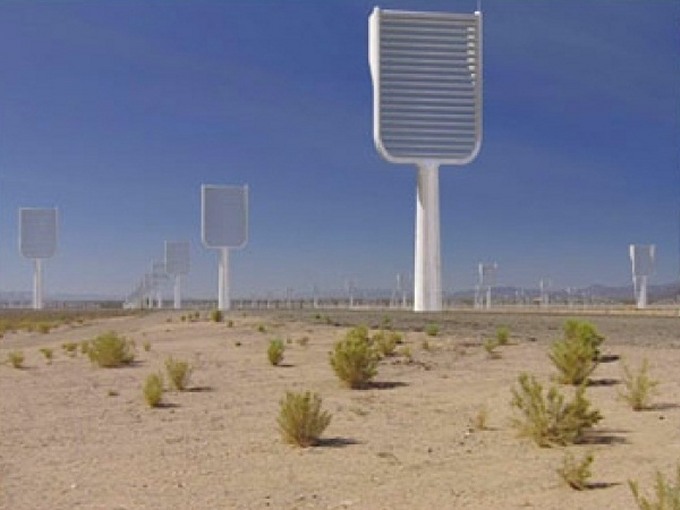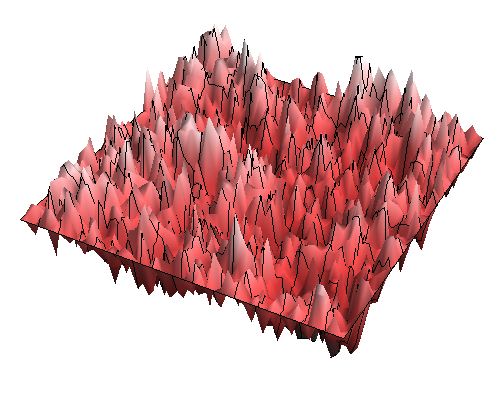I’m thinking of anaglyphs: those blue-green offset images: you put the glasses on, your brain brings the colours together, and suddenly you see a crisp, 3D image.
Scientists think the brain works in a similar way – several components do their jobs and the synergy of their union gives us those sharp, clear pictures of the past that we treasure so dearly. But what happens when it doesn’t do its job properly, when the components are, as it were, out of synch?
Many magic tricks use delays to manipulate us: hold one card just a fraction longer than the others as you flick a deck, and you’ve got around half a chance your player will pick that card “at random”. The brain is too lazy to do anything else. Choose a picture card in hearts to hesitate on, and your odds are even better. Is it magic – or just impatience?
I previously wrote about
l’appel du vide – the call of the void. That urge you have to jump from a high place, touch a sharp knife edge, or otherwise dice with danger: a momentary, physical impulse. But there doesn’t appear to be any link between depression or suicidal ideation and the phenomenon: in fact, it’s impulsive people and those with anxiety who tend to get it most.
Researchers have theorised that “an urge to jump affirms the urge to live”
[1], and suggested that there’s a mental delay between the fast survival signal that tells you to get back from the edge and the logical deduction that tells you the edge is strong and you have a good grip on the hand rail. This signalling delay means you still get that physical impulse to get back from the edge, even when you know it’s safe.
Déjà vu might be something similar – only this one is working with our memories rather than our physical impulses.
Déjà vu means
already seen and it’s that feeling that an experience you’ve just had already happened in the past (when it hasn't).
Some think the phenomenon happens because of the way we store memories: sometimes as pictures, as motion, as touch… Storing memories in varied ways allows us to pack more information in, but sometimes that means a memory can get lost, or take a while to surface. It’s also been suggested that there’s a delay between two parts of the brain. When these parts synch back up, we get the feeling of déjà vu, like this already happened before; and for good reason: it did, just in a different part of the brain! But there are lots of theories out there. Others believe déjà vu is a momentary dysfunction of the nervous system, something closer to the sensory magic of
l’appel du vide.
Will we ever know?
Of course, déjà vu is incredibly hard to study: there’s just no way of predicting when it’s going to happen. But if we
could learn it like a magic trick, flick a deck of cards or set up an optical illusion – well, I’m sure you’ve heard it all before.
[1]
Hames, Jennifer L., et al. "An urge to jump affirms the urge to live: An empirical examination of the high place phenomenon." Journal of affective disorders 136.3 (2012): 1114-1120.










